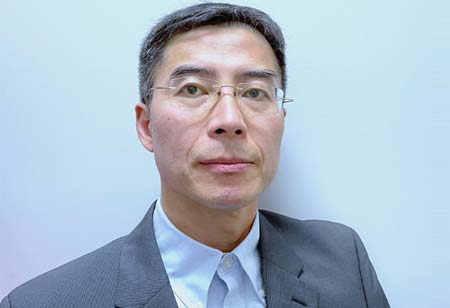Thank you for Subscribing to Healthcare Business Review Weekly Brief

Break the Rules
Healthcare Business Review
In schools we learned lots of rules and we applied it to our daily work, and most often it worked. As an injection molding engineer, I learned lots of rules as well, it did a genuinely nice job too. However, is it a “that’s it”? If we can always make good parts, sure it is. In medical device industry, we have a lot of plastic parts to make, my guess is that no one has not ever made bad parts.
There will be two situations. First, we did not execute correctly, maybe we bottomed out our screws while trying higher holding pressures; maybe simply just the process was not stabilized. Second, the rules we adapted may not be the best for your system. We just did not explore harder enough to find the optimized process.
The fill-only part is a critical principle of plastic injection molding process development. Most experts will use 95- 98% full for the first stage filling. So I started my process development the same way. Then I made a DOE with 4 factors: Injection Speed, Hold Pressure, Hold Time, and Cool Time. As a company for making contact lens, the optical quality is of most importance. For example, we will check the radius difference across our part’s sphere region, the smaller the difference the better quality. I noticed at a lower injection speed; we achieved the least R difference. I went back to weigh the fill only parts, it was only at 56%. It was far off from the common practice. Should I ignore this and stick with 95-98% fill? I have no hesitation with using the 56% fill, but I want to understand what caused that.
So I pulled out the machine graph for the injection process and noticed something interesting. The injection pressure was 100 bar below the set hold pressure, so during the holding stage, the pressure kept increasing, and while if we fill at 95- 98%, there was a pressure drop first, then increase to set point.
That means the lower injection speed supplied a smoother transition of the pressure. And that was what we think has achieved the better optical quality.
Rules Are Not Perfect Yet, To Make A Better Device, We Need To Break These Rules As Needed. And Pleasant Surprise May Happen
Should we stop here? My intention was to explore deeper and harder. Then I found another interesting phenomenon. The machine we have used was a newly purchased machine, it is a precise machine with all kinds of controls. But I had a challenging time to make a short shot. I tried to stop the screw at 18 mm position, but it actually went beyond that and stopped at 10 mm position. The higher the injection speed, the more distance it moved. And this is much more than the other machines we used.
Rules are not perfect yet, to make a better device, we need to break these rules as needed. And pleasant surprise may happen.
Nowadays, competition is intensive, each competitor tends to hide their secret technologies. What if we have more transparent conversation to exchange experiences, will it benefit our customers? We may help each other to improve our device quality, production yield, cycle time, etc. Then why don’t we just act? It may rely on a few leaders to change the industry, or it may be every one of us. Do we have the courage?









